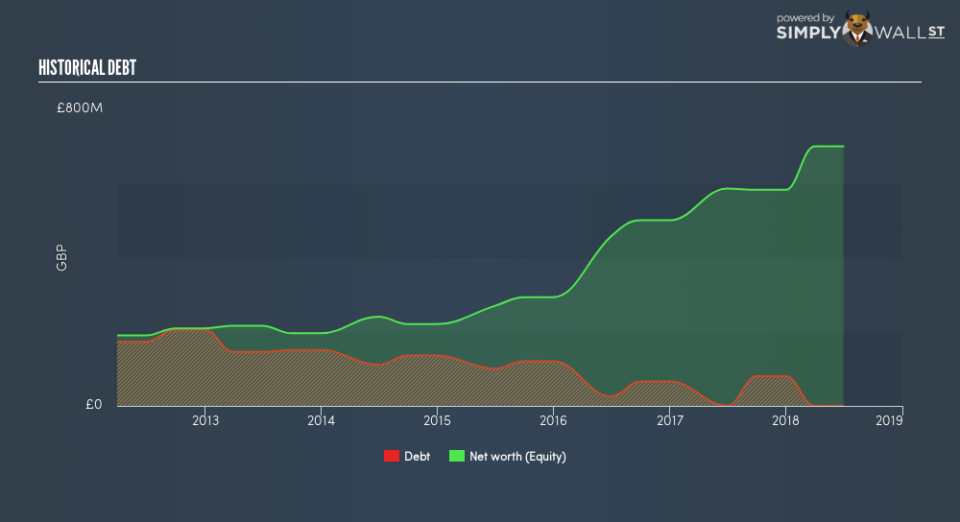All You Need To Know About Hays plc’s (LON:HAS) Financial Health

Want to participate in a short research study? Help shape the future of investing tools and you could win a $250 gift card!
Small and large cap stocks are widely popular for a variety of reasons, however, mid-cap companies such as Hays plc (LON:HAS), with a market cap of UK£2.2b, often get neglected by retail investors. However, history shows that overlooked mid-cap companies have performed better on a risk-adjusted manner than the smaller and larger segment of the market. Today we will look at HAS’s financial liquidity and debt levels, which are strong indicators for whether the company can weather economic downturns or fund strategic acquisitions for future growth. Note that this commentary is very high-level and solely focused on financial health, so I suggest you dig deeper yourself into HAS here.
Check out our latest analysis for Hays
Does HAS face the risk of succumbing to its debt-load?
What is considered a high debt-to-equity ratio differs depending on the industry, because some industries tend to utilize more debt financing than others. Generally, mid-cap stocks are considered financially healthy if its ratio is below 40%. For HAS, the debt-to-equity ratio is zero, meaning that the company has no debt. It has been operating its business with zero debt and utilising only its equity capital. Investors’ risk associated with debt is virtually non-existent with HAS, and the company has plenty of headroom and ability to raise debt should it need to in the future.
Can HAS pay its short-term liabilities?
Since Hays doesn’t have any debt on its balance sheet, it doesn’t have any solvency issues, which is a term used to describe the company’s ability to meet its long-term obligations. However, another measure of financial health is its short-term obligations, which is known as liquidity. These include payments to suppliers, employees and other stakeholders. At the current liabilities level of UK£785m, it appears that the company has been able to meet these obligations given the level of current assets of UK£1.1b, with a current ratio of 1.44x. Usually, for Professional Services companies, this is a suitable ratio since there’s a sufficient cash cushion without leaving too much capital idle or in low-earning investments.
Next Steps:
HAS has no debt in addition to ample cash to cover its near-term liabilities. Its safe operations reduces risk for the company and shareholders, however, some degree of debt could also ramp up earnings growth and operational efficiency. This is only a rough assessment of financial health, and I’m sure HAS has company-specific issues impacting its capital structure decisions. I suggest you continue to research Hays to get a more holistic view of the stock by looking at:
Future Outlook: What are well-informed industry analysts predicting for HAS’s future growth? Take a look at our free research report of analyst consensus for HAS’s outlook.
Valuation: What is HAS worth today? Is the stock undervalued, even when its growth outlook is factored into its intrinsic value? The intrinsic value infographic in our free research report helps visualize whether HAS is currently mispriced by the market.
Other High-Performing Stocks: Are there other stocks that provide better prospects with proven track records? Explore our free list of these great stocks here.
To help readers see past the short term volatility of the financial market, we aim to bring you a long-term focused research analysis purely driven by fundamental data. Note that our analysis does not factor in the latest price-sensitive company announcements.
The author is an independent contributor and at the time of publication had no position in the stocks mentioned. For errors that warrant correction please contact the editor at editorial-team@simplywallst.com.

 Yahoo Finance
Yahoo Finance 
